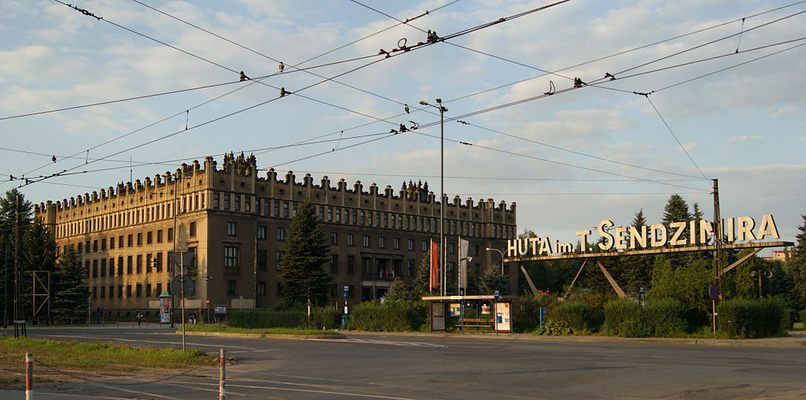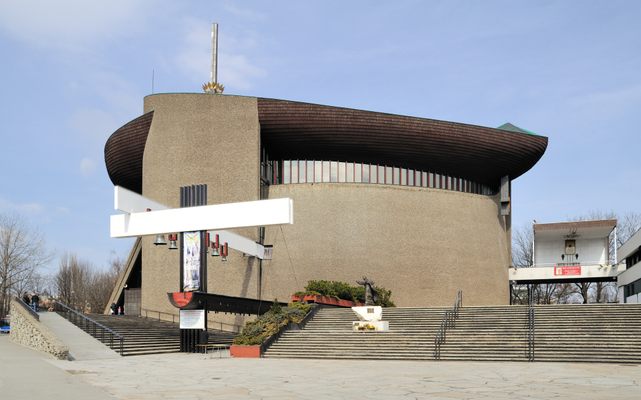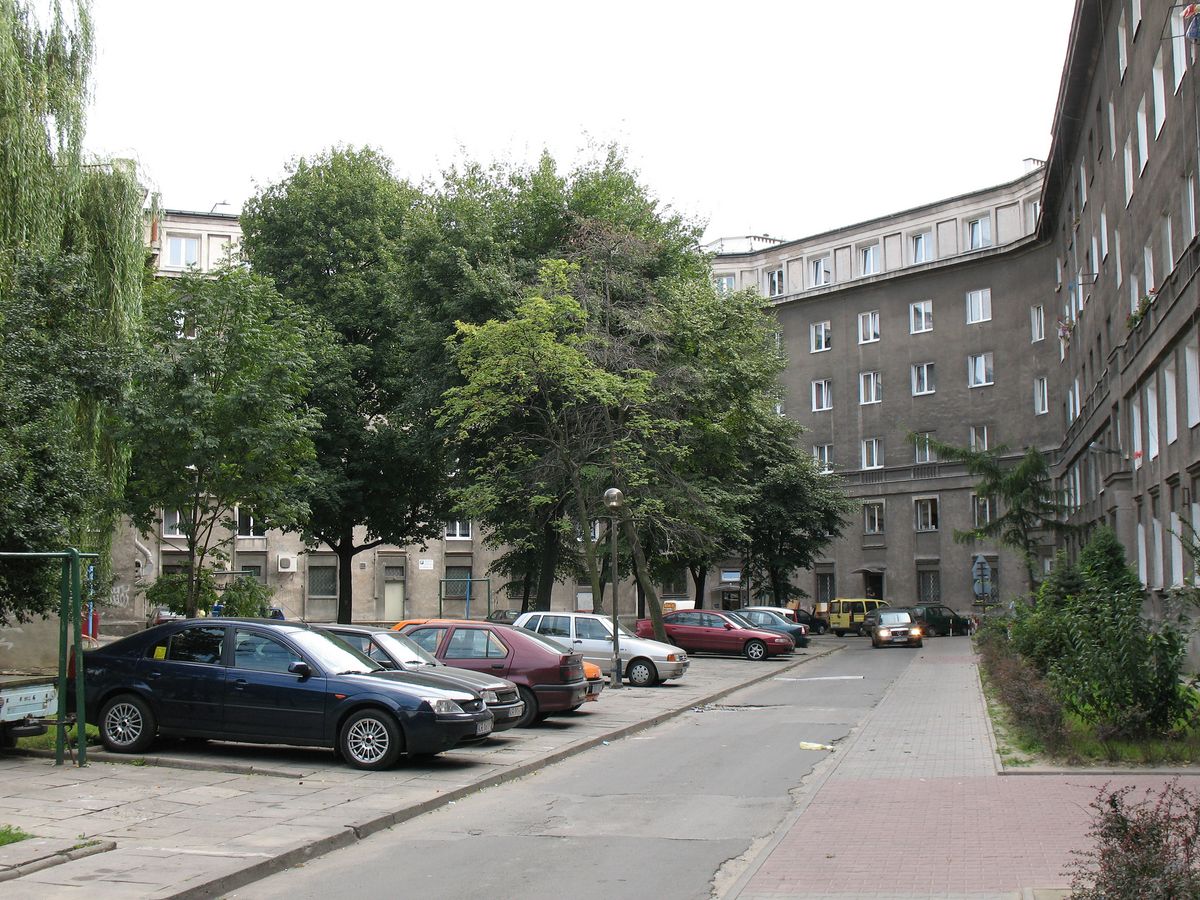About
As Soviet occupying forces rolled into Poland toward the end of World War II, they found a country devastated by the ferocious fighting on the Eastern Front. Rebuilding was in order and Moscow, in notably Communist fashion, saw the opportunity not only to remake Poland's cities, but also to dramatically reshape Polish society while they were at it.
To achieve this, the Soviets set to work planning and building Nowa Huta, which was to be an ideal city representing a vision of a glorious Communist future. The project was approved in 1947, and construction of the urban experiment in social engineering began in 1949.
One of only two fully-planned Socialist Realist cities ever built (the other being Magnitogorsk, Russia), Nowa Huta was built near Kraków to create a bustling working class enclave that would overshadow the older bourgeois city with its rich history, cultural institutions, and distaste for communism.
Built for a population of 100,000, every detail of Nowa Huta was carefully planned and laid out. Wide avenues were designed to halt the spread of building fires; trees lining those avenues were planted to absorb the impact of a nuclear blast. The entire city itself is a "hidden fortress", with architectural details and aspects of the street grid making the city easy to defend in case of invasion. The whole thing was laid out in a sunburst pattern radiating from a monumental central square (Plac Centralny) and built in a stirring architectural style that combined the Renaissance elegance native to Poland with the grand, overwhelming scale typical of Soviet projects.
More important that any of that, though, was Nowa Huta's intended status as a proletarian paradise. To that end, the city was built with massive steel mill at one end (indeed, the name itself means "New Steel Mill"). The Lenin Steelworks contained the largest blast furnace in Europe and employed 40,000 people at its height, with the capacity to produce 7 million tons of steel annually.
It was an odd location for such a facility, given weak local demand for steel as well as the lack of nearby coal and iron ore (which had to come from Silesia and the USSR, respectively), but in this case — as in many others during the Cold War — the symbolism was more important than the logistics.
Ironically, Nowa Huta later turned into an anti-communist hub and was key in the Solidarity Movement of the 1980s. Also of note is the Lord's Ark church, which locals fought for 28 years for permission to build and which also became a powerful symbol of Polish resistance to Communist rule. Nevertheless, Nowa Huta remains to this day one of the best examples of Socialist Realist architecture and city planning.
Related Tags
Know Before You Go
From Krakow city center take either the 4 tram toward Wzgórza Krzesławickie, or the 10 tram toward Pleszów.
Published
September 13, 2016





















































